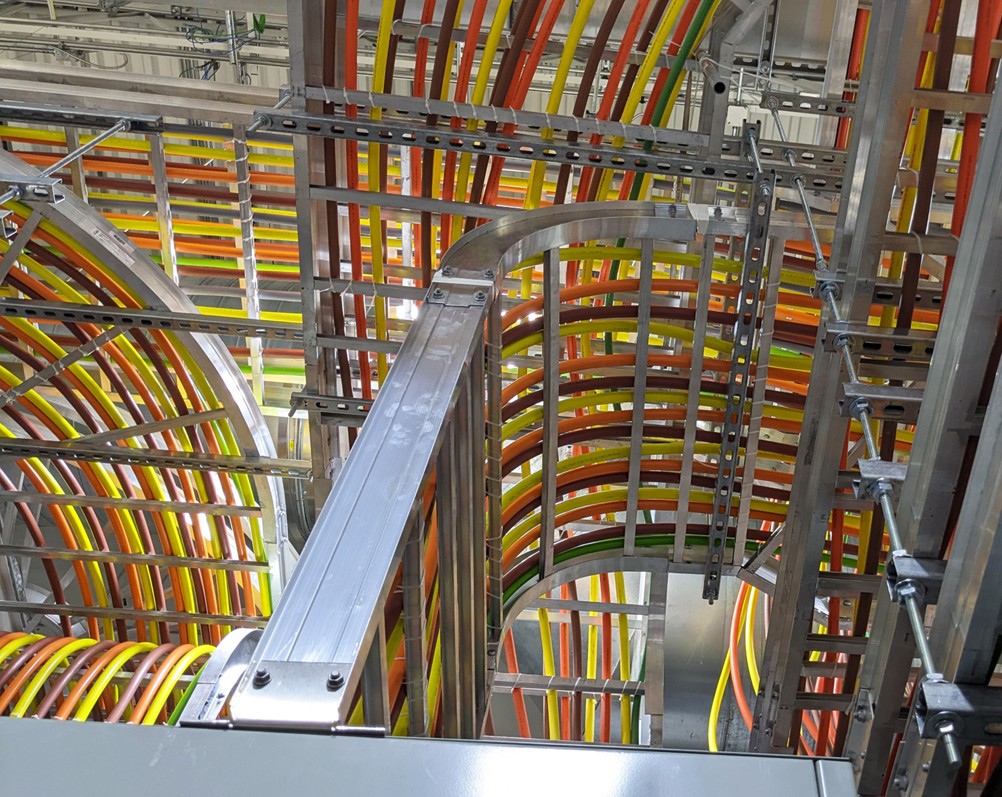Ask The Electrician: What Should I Consider When Planning a Data Center?

Planning a new data center or upgrading an existing one is a massive undertaking. The most critical piece of advice for any business owner is simple: get an electrician, an electrical engineer, and a designer involved from the very beginning.
Why? Because the success of your data center hinges on its power infrastructure. The initial planning phase isn’t just about today’s needs; it’s about anticipating future growth. A successful approach designs for both today and tomorrow. Today covers all the equipment, racks, and components needed to get the data center operational. Tomorrow is about setting up the infrastructure for future expansion. Planning for these power demands, such as adding a specific number of new racks, ensures that when the time comes to scale up, the infrastructure is already in place. This prevents a costly and disruptive major construction project down the road.
Calculating for Today and Tomorrow
Today’s technology, especially with the rise of AI, places immense demands on power systems. Expertise in load calculations and power distribution ensures that a new data center is not only functional but also scalable.
First, it’s crucial to work closely with the client to understand their specific needs. This conversation is key, as it allows for projecting the expected load demand for both today and tomorrow. It is typical to design for a 30% future capacity in switchgear and other critical components.
Proper load balancing is also a key piece of the puzzle. The most efficient data centers use a variety of cooling equipment, including systems that create hot and cold aisles to manage airflow and heat. In a cold aisle, air is drawn into the front of the equipment, while the hot air is exhausted into a hot aisle. Newer technologies, such as chilled doors, also have their own power demands that must be factored into the calculations.
Additionally, performing an arc flash study is vital to prevent overloads and breaker trips. An unexpected trip can lead to the loss of critical data, so the design should prioritize safety and stability.
Redundancy and Uptime
Ultimately, everything in a data center is about redundancy and uptime. Most data centers have at least two separate utility power sources, each backed by a generator, a UPS (Uninterruptible Power Supply), an ATS (Automatic Transfer Switch), and static switches. This setup ensures that if one power source fails, the other takes over instantly, without any interruption.
This redundancy isn’t just for emergencies. It’s essential for preventive maintenance. Data centers run 24/7, with no good time for a shutdown. By having two parallel systems, maintenance can be performed on one without ever having to take the entire facility offline. Specialized equipment can be used to synchronize the utility power and generator power, ensuring a seamless transfer so you never experience a brownout or blackout.
The rise of AI places a new premium on data center reliability and scalability. The key to navigating this future is to partner with an electrical contractor who understands the critical need for preplanning and designing for both today and tomorrow. This partnership is the essential element that will ensure your data center can meet growing power demands, maintain continuous uptime, and secure your long-term success.
By Edward Gould, Operations Center Production Area Manager at Interstate Electrical Services Corporation


